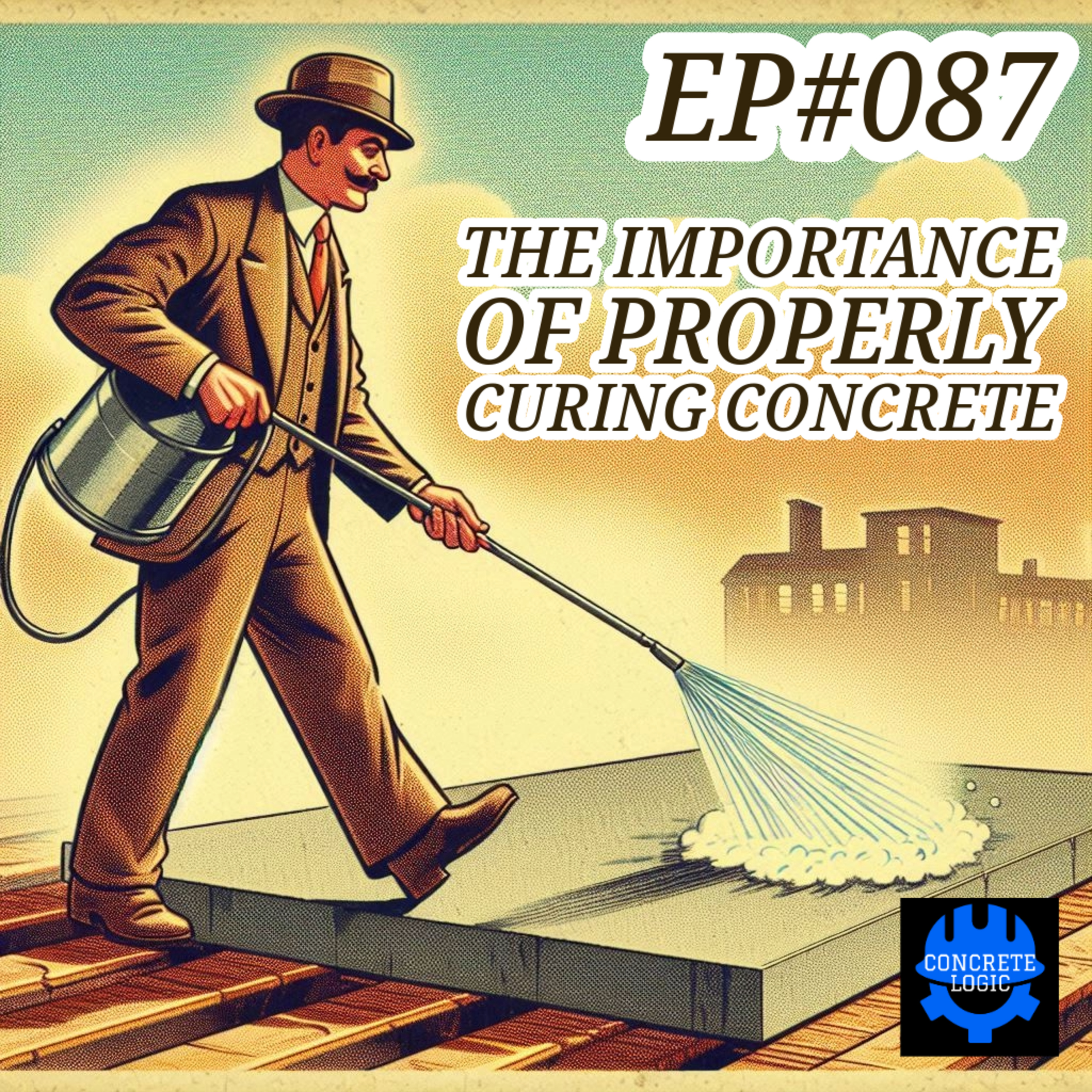Introduction
Concrete, a ubiquitous construction material, derives its strength and durability from a controlled curing process that involves hydration reactions between cement and water. Temperature plays a crucial role in this process, affecting the rate of hydration and the ultimate properties of the concrete. In this article, we delve into the impact of temperature on concrete curing, exploring its implications for the performance and longevity of concrete structures.
Impact of Temperature on Curing Rate and Concrete Strength
Temperature directly influences the rate of concrete curing. Higher temperatures accelerate the hydration reactions, resulting in a faster initial set and strength gain. Conversely, lower temperatures slow down the curing process, extending the time required to achieve desired strength levels.
The correlation between temperature and strength development is nonlinear. At temperatures below 5°C (41°F), hydration reactions become sluggish, and concrete may not gain significant strength. Temperatures above 30°C (86°F) can also be detrimental, leading to rapid strength gain but potentially weaker concrete due to accelerated setting and reduced hydration efficiency.
The Influence of Temperature on Concrete Porosity
Temperature not only affects curing rate but also influences the porosity of concrete. Porosity refers to the presence of air voids or capillaries within the concrete matrix. Higher temperatures during curing promote faster evaporation of water from the concrete, resulting in increased porosity. Conversely, lower temperatures favor slower evaporation, leading to reduced porosity.
Increased porosity can compromise the durability of concrete by providing pathways for moisture and aggressive substances to penetrate the structure. This can accelerate deterioration processes such as corrosion of reinforcement or freeze-thaw damage.
Understanding the Role of Alkalinity in Concrete Curing
Alkalinity, a chemical property of concrete, plays a significant role in the curing process. Higher alkalinity promotes faster strength development and reduces porosity. However, temperature can influence the alkalinity of concrete.
Changes in cement production and the use of additives can affect the alkalinity of concrete. Lower alkalinity levels can result in weaker and more porous concrete, especially when exposed to higher temperatures during curing.
How Temperature Affects Concrete's Performance: Implications for Durability and Sustainability
The effects of temperature on concrete curing have direct implications for the performance and longevity of concrete structures. Improper curing at elevated or fluctuating temperatures can lead to reduced strength, increased porosity, and compromised durability. This can result in increased maintenance costs, premature deterioration, and reduced structural integrity.
On the other hand, optimizing curing practices to account for temperature variations can significantly improve the durability and sustainability of concrete structures. Proper curing ensures adequate strength development, minimizes porosity, and enhances resistance to degradation processes.
Recommendations for Improved Curing Practices to Enhance Concrete Structures
To optimize the curing process and mitigate the effects of temperature variations, the following recommendations are essential:
- Monitor temperature conditions during curing and adjust curing practices accordingly.
- Protect concrete from extreme heat or cold by using insulation, shading, or heating blankets.
- Provide continuous moisture supply to prevent premature drying and excessive evaporation.
- Use additives or admixtures that maintain alkalinity and reduce porosity at elevated temperatures.
Conclusion
Temperature plays a vital role in the curing process of concrete, influencing the rate of strength gain, porosity, and ultimately the performance and durability of concrete structures. By understanding the correlation between temperature and curing, and implementing proper practices to mitigate its effects, engineers and contractors can enhance the quality and lifespan of concrete infrastructure.
For further insights into the importance of concrete curing, listen to our podcast episode (EP #087: The Importance of Properly Curing Concrete) where we discuss the historical evolution and current challenges in concrete curing practices, emphasizing the need for improved techniques to ensure the longevity and sustainability of concrete structures.












